Did you know that lemon tree leaves can be used as a supplement for ruminants, especially dairy goats? This article gives us some juicy info on its nutritional properties and ways to include it into goat’s diets.
Lemon, “Citrus limon”, belongs to the family Rutaceae. It was originated in Assam, NW India, where it has been cultivated for the last 2500 years. It is a usual product from tropical and subtropical countries.

 Adult lemon trees are pruned in spring if there is no danger of low temperatures. It is a manual activity and it is recommended to be done annually.
Adult lemon trees are pruned in spring if there is no danger of low temperatures. It is a manual activity and it is recommended to be done annually.
Pruning citrus trees renders a large volume of vegetal remains to be disposed. Normally, they are burnt, or crushed and incorporated to the soil.
Table 1 shows the energetic valorisation. The values were obtained using equations form the literature and the chemical composition shown in table 2. 

Perez-Baena, J.V. et al (2018) fed a mix of lemon tree leaves and alfalfa to goats. They observed significant differences in consumption of the total ration and its digestibility (Table 3), although there were no significant differences in milk production (Table 4).


Following the INRA energetic valorisation method, Perez-Baena et al. (2018) obtained a value of 0.77 UFL for lemon tree leaves, which was much higher than the 0.5 UFL calculated using their chemical composition (Table 2). This higher UFL value could be interpreted as a higher capacity of the goats for utilising this by-product. Fernández et al. (2018) found that the utilisation of metabolizable energy for milk ptoduction was significantly higher when feeding a mix of alfalfa and lemon tree leaves (63%) than when feeding alfalfa alone (60%)
 Since it is utilised directly from pruning, its inclusion is limited to feeding ruminants.
Since it is utilised directly from pruning, its inclusion is limited to feeding ruminants.
An added value that all citruses leaves seem to have, and especially lemon tree leaves, is that they reduce the production of methane. Perez-Baena et al. (2018) found a reduction of 17.58% respect of alfalfa hay. The effect is associated with the presence of essential oils in the fat of lemon tree leaves.
Perhaps, the only precaution to consider when using pruning by-products to feed animals, is the time passed since the last phytosanitary treatment.

This work has been done thanks to the support of the project LOW CARBON FEED, of the program LIFE16/CCM/ES/000088.
This article was originally published in agriNews Spanish version as “Materia prima . Hoja de cítricos, subproducto de poda, ‘Citrus limon’“
Subscribe now to the technical magazine of animal nutrition
AUTHORS
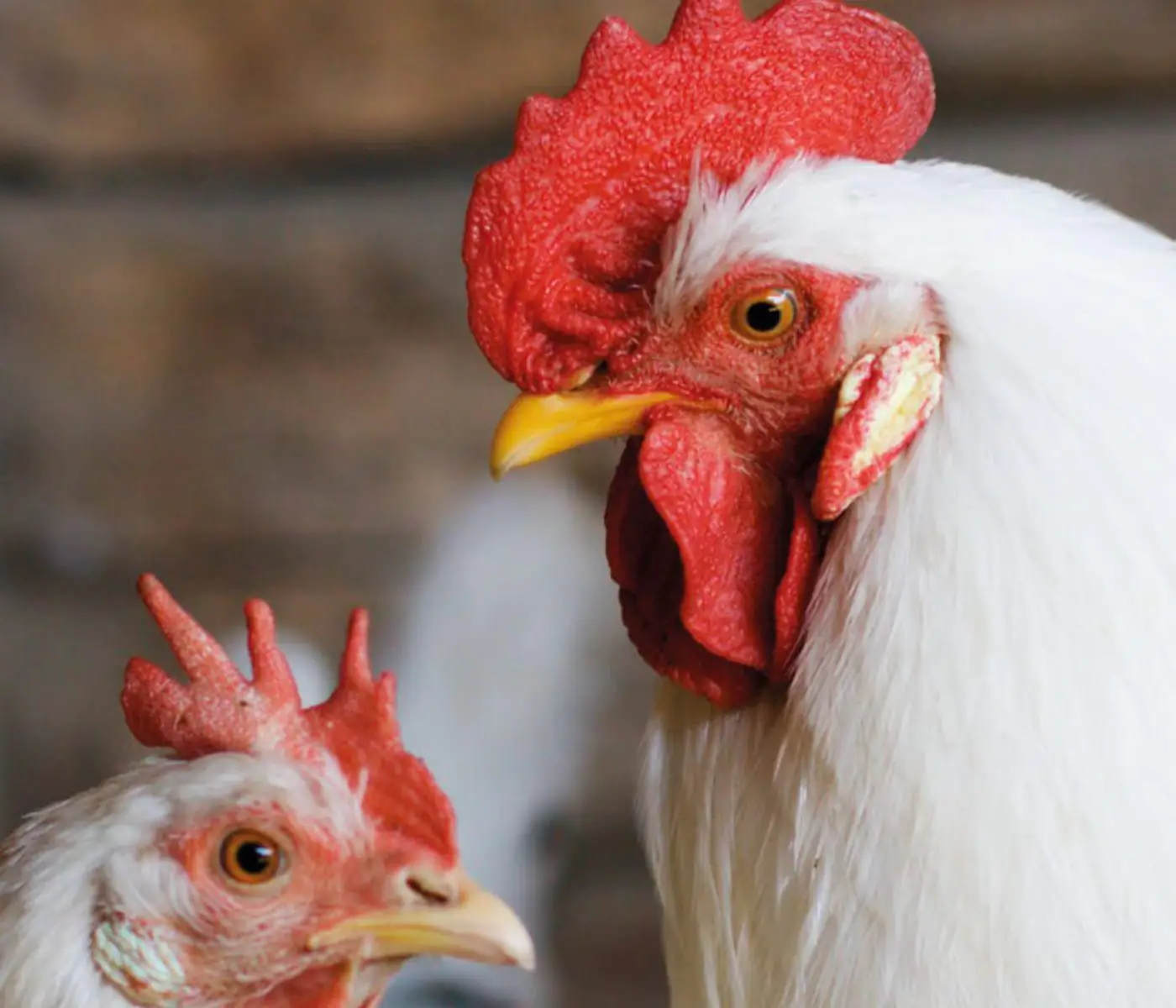
Nutritional Interventions to Improve Fertility in Male Broiler Breeders
Edgar Oviedo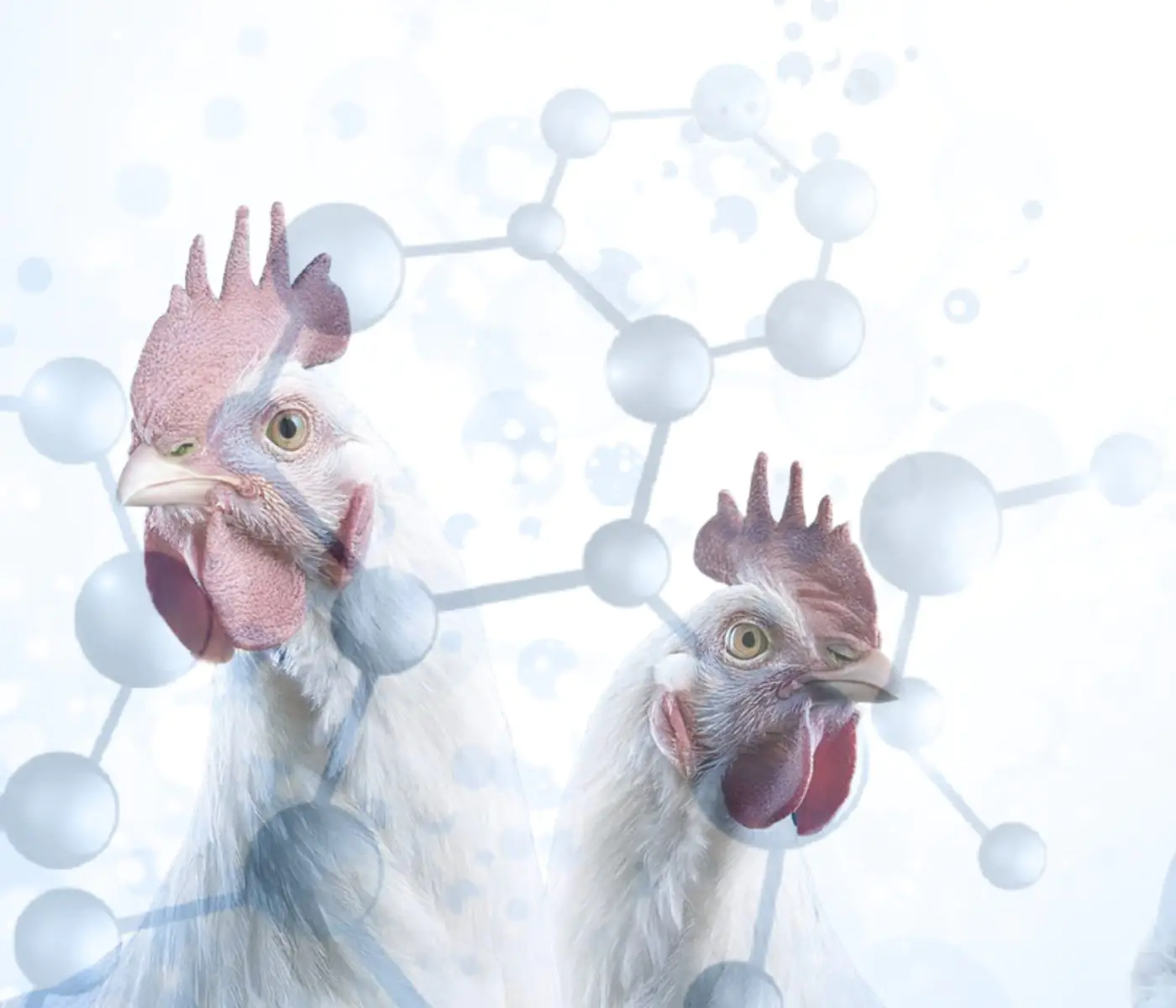
The Use of Organic Acids in Poultry: A Natural Path to Health and Productivity
M. Naeem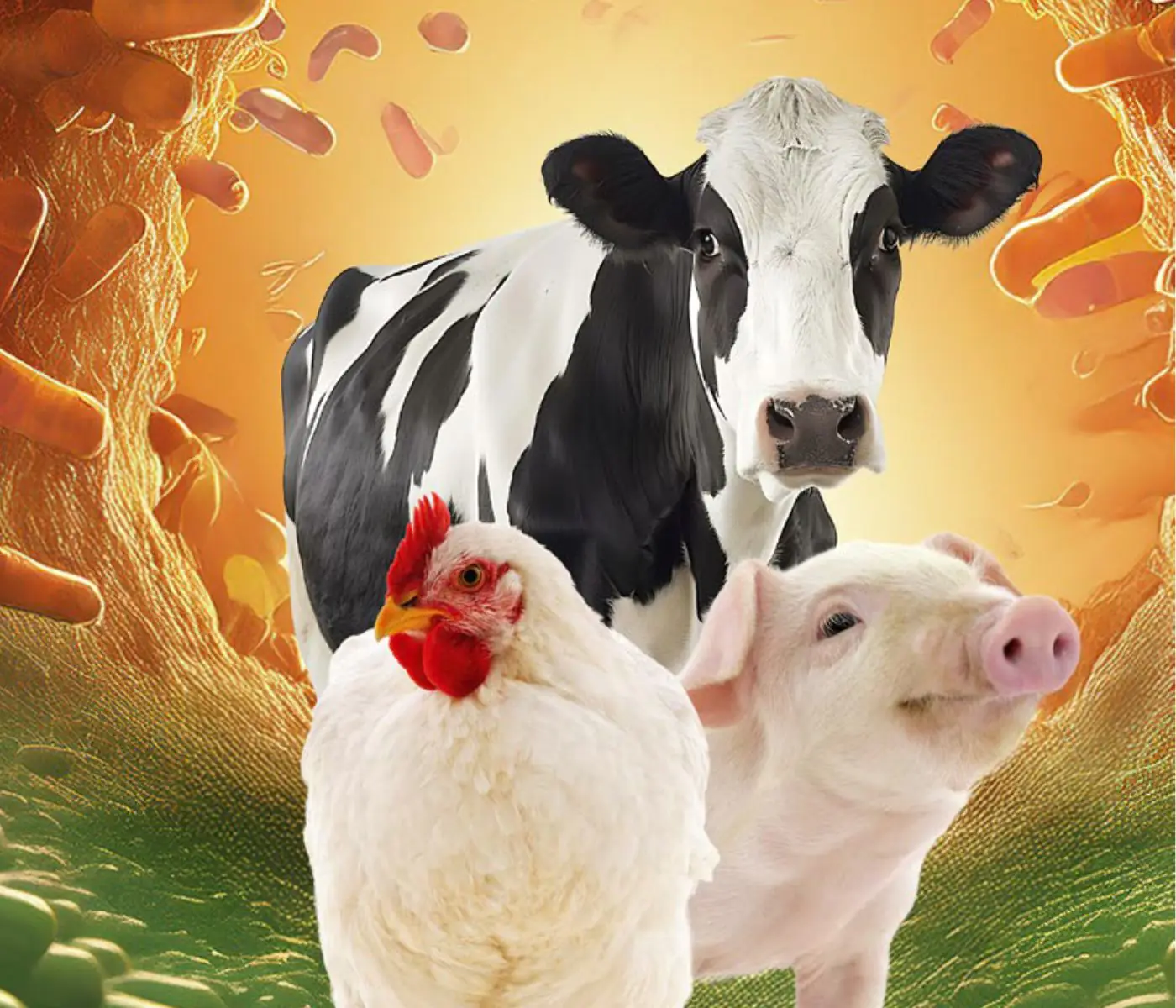
Synergistic Benefits of Prebiotics and Probiotics in Poultry, Swine, and Cattle
Gustavo Adolfo Quintana-Ospina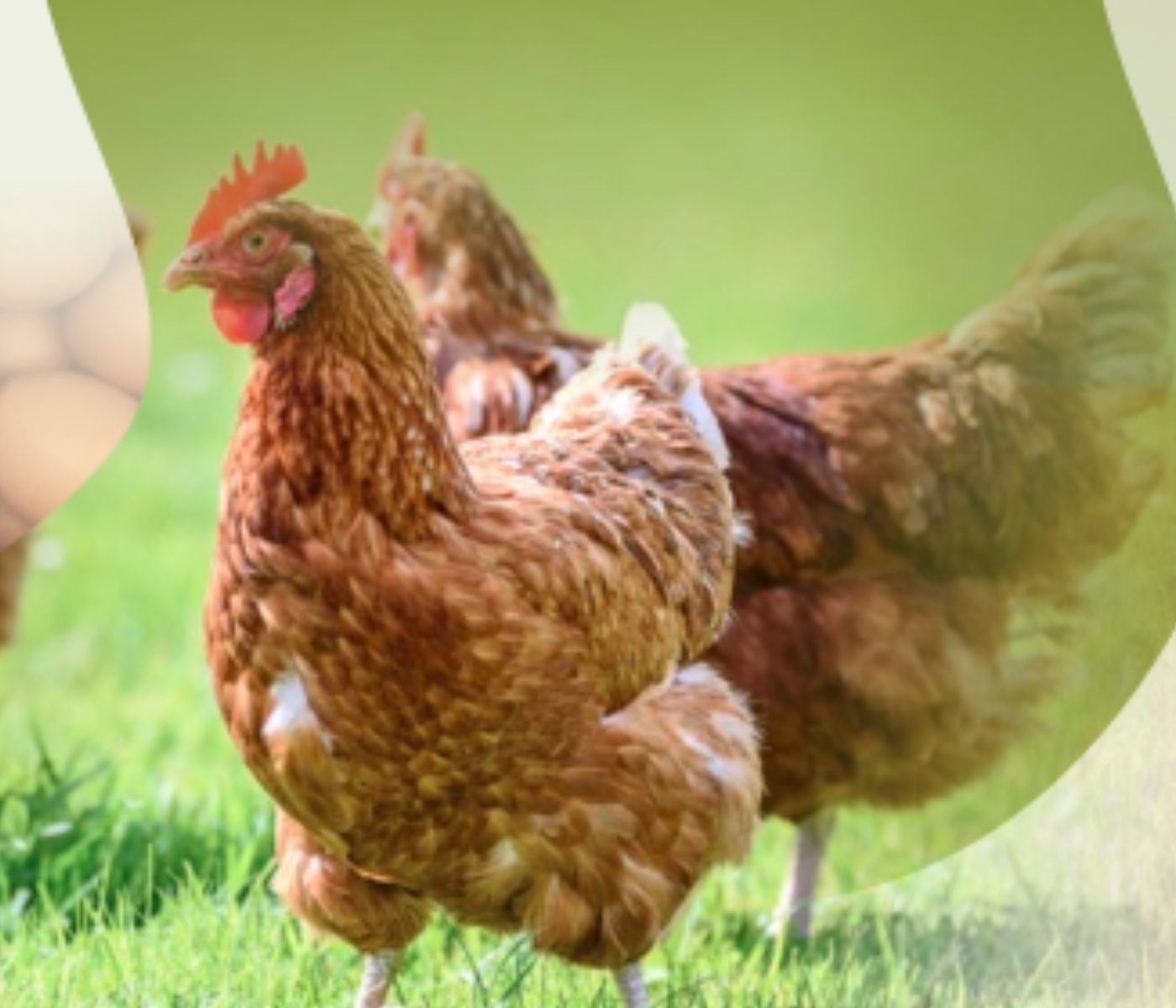
Hybrid Rye Potential in Laying Hen Feed Rations
Gwendolyn Jones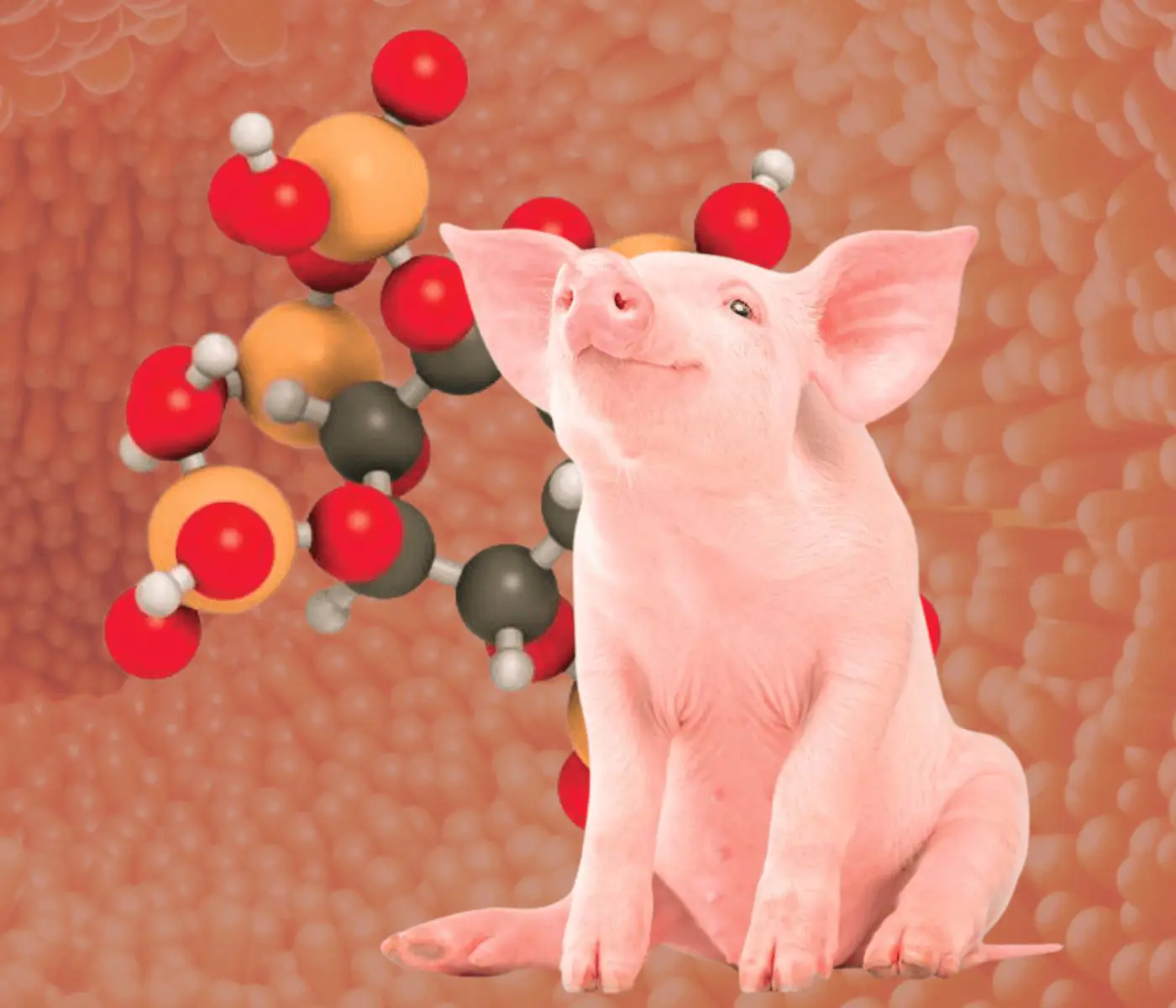
A day in the life of phosphorus in pigs: Part I
Rafael Duran Giménez-Rico
Use of enzymes in diets for ruminants
Braulio de la Calle Campos
Minerals and Hoof Health in the Pregnant Sow
Juan Gabriel Espino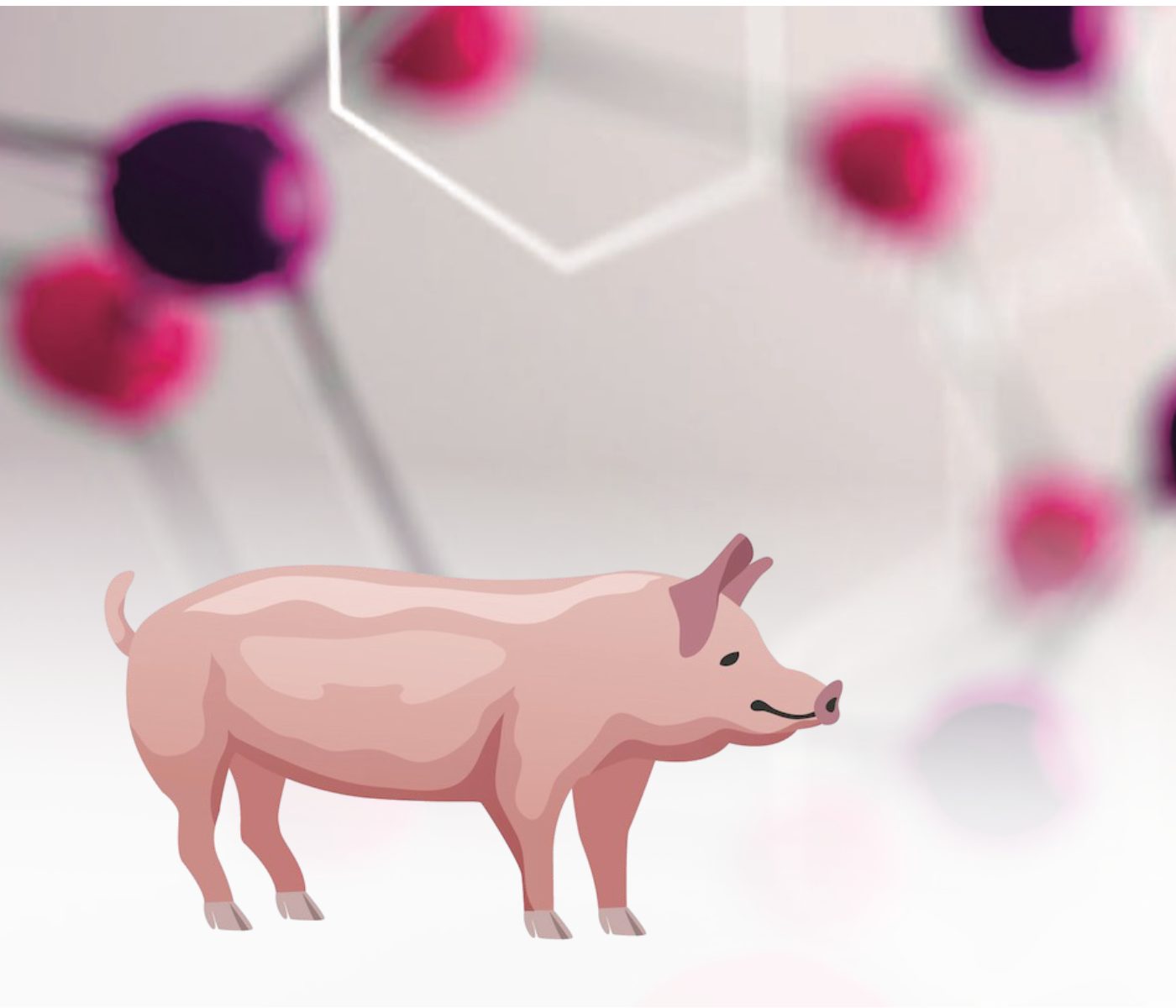
Impact of Oxidized Fats on Swine Reproduction and Offspring
Maria Alejandra Perez Alvarado